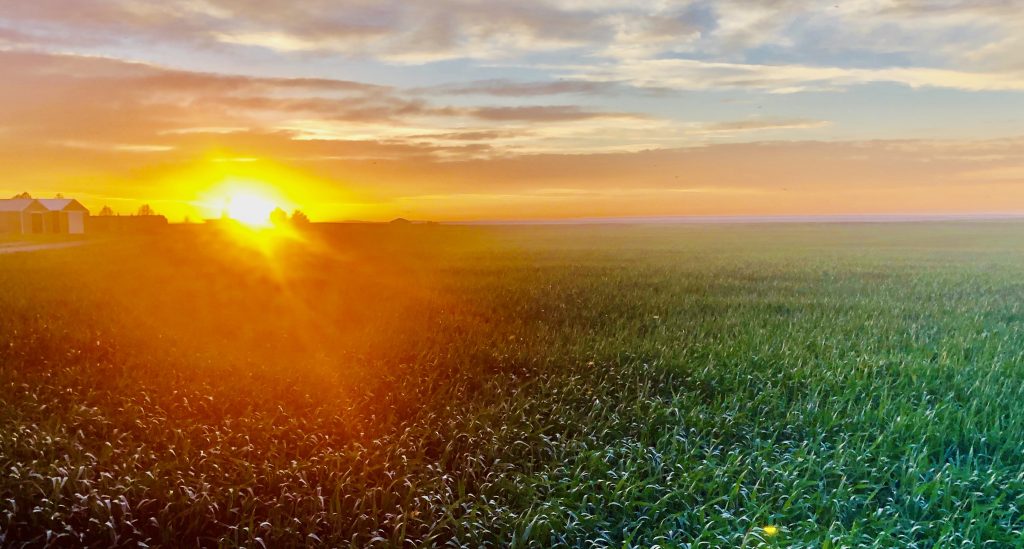Land conservation is a universal objective among landowners, farmers, and ranchers in Montana. Buyers considering purchasing land in a conservation easement should be vigilant as more planning is often required. Thus, obtaining a buyer’s agent for adequate guidance and representation is resourceful. The buyer must ask all the pertinent questions so they can decide accordingly. The first Montana conservation easement was created in 1976. Today, Montana is the national leader in the number of conservation easements with over 2.6 million acres conserved by the agreements. Conservation easements are becoming more popular as farmers and ranchers discover the benefits of doing so.
A conservation easement, simply put, helps farms and ranches stay farms and ranches. They can range in complexity and flexibility, and once recorded, goes with the land’s title. Under a conservation easement, landowners donate or sell most of their development rights to protect the land’s natural, cultural, and productive features. Over 2,500 Montana farmers and ranchers have made the decision to place a conservation easement on their land.
Purchasing property with a conservation easement on it means that due diligence is vital to be sure your goals for the property can be achieved. If we represent a buyer considering such a property, the first thing we do is inquire about the conservation easement and ask for a copy from the seller or the easement holder. The next step is learning about the easement holder and their philosophies and mission. For as long as you own the land, you’ll need to work with the easement holder, so it is good to determine compatibility. An easement is very unique to the features of the land it is in accordance with and the intentions of the easement holder or landowner. Uses typically restricted include subdivision for residential development, substantial commercial or industrial activities, dumping of hazardous waste, surface mining, and any other uses that would interfere with the habitat or open space. There are many important questions to ask such as how often is the property monitored? What uses are allowed and prohibited? Can the easement be amended and how? Are there building sites designated for infrastructures? Is there a mandated grazing plan? What are the stipulations for hunting and fishing? In conjunction, uses that can be allowed or encouraged include continued agricultural and silvicultural use, construction of agricultural infrastructure, wildlife and fisheries protection and restoration projects, outfitting or guest ranching, and landowner control of access.
An appraisal will be done on the property, and it may be a good idea to share the conservation easement with the appraiser. The appraiser can then account for the restrictions in the valuation of the property. The effect the easement has on value is dependent on several factors such as what part of the state and where the property is located and the kinds of restrictions outlined in the conservation easement. To get an idea, terms restricting or prohibiting development usually decrease a property’s value by 30-40 percent. Not all value can be accounted for in these kinds of transactions though. Farmers and ranchers that can pass on the land can rest easy knowing it will continue to be productive for livestock and wildlife. Land that has been cultivated for generations will carry the landowner’s legacy of conservation. In turn, the buyer can participate and become part of the legacy when purchasing and carrying out the tradition of stewardship.
Farmers and ranchers face a common fear when it comes time to sell. The land they’ve spent their lives caring for might become a subdivision. Not sure if a conservation easement is right for you? Corder and Associates can help you determine the benefits of a conservation easement and help you navigate the process. Although it can vary, there are numerous reasons a farmer or rancher would agree to a conservation easement. Farmers or ranchers who donate a conservation easement may be eligible for federal income tax and estate tax benefits. Because the land is voluntarily diminished for public benefit, the landowner can receive potential federal income tax benefits. Another option includes the landowner being paid for entering into a conservation easement rather than donating the value. The landowner can also convey an easement to a land trust. There are many benefits and possibilities, but the end goal remains the same—to preserve the land. With a conservation easement, private lands can be conserved permanently, and farming and ranching practices can continue. Montana’s a unique and beautiful place because of the open space, the roaming wildlife, and the existence of working farms. Don’t let an encumbrance of a conservation easement deter you from buying a property. The team at Corder and Associates encourages your questions and looks forward to helping clients fulfill their stewardship goals through the use of conservation easements! Ask us about farms and ranches that are available today!




